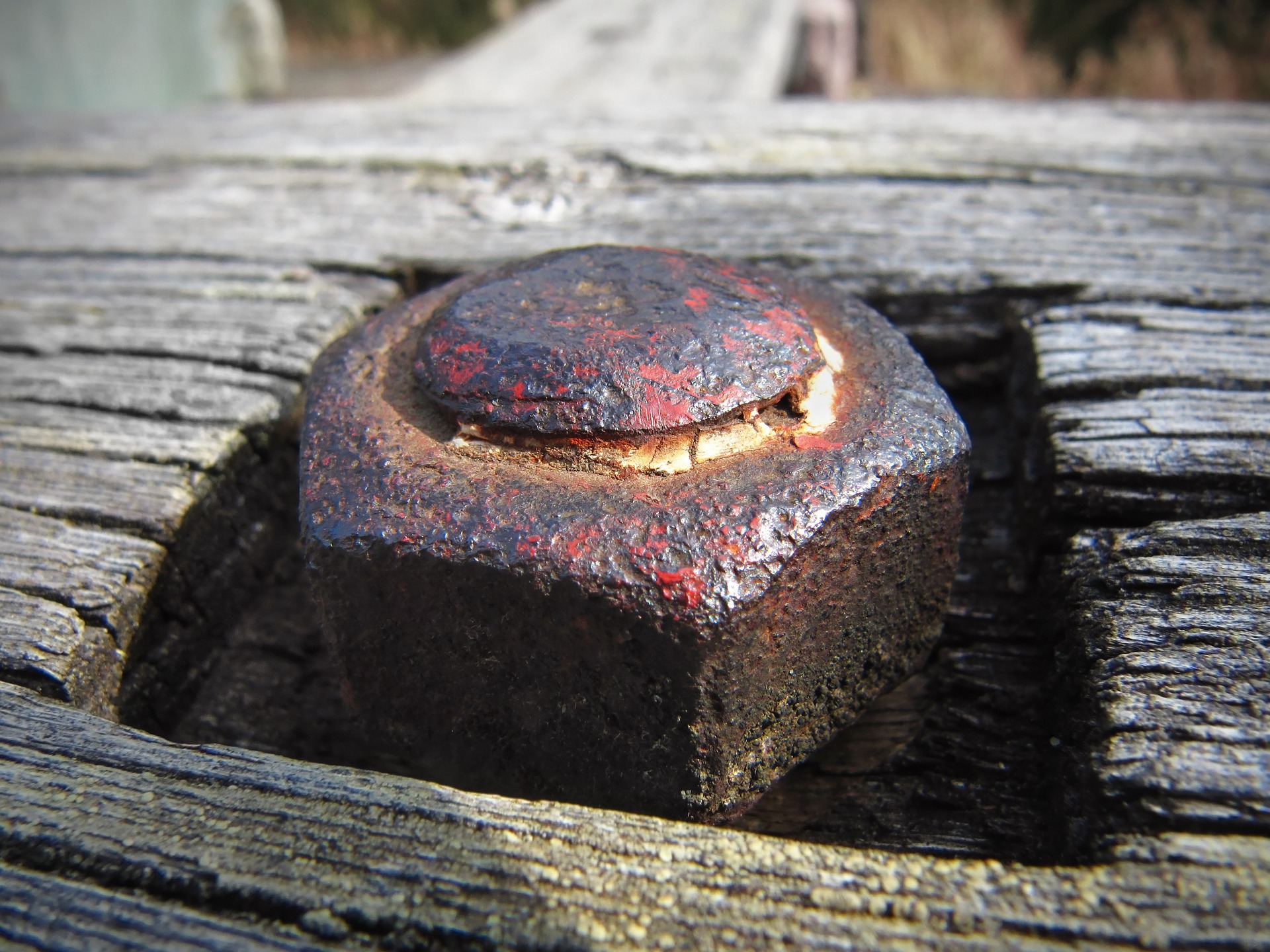
Maintaining Structure: Resistance to High-Temperature Oxidation
In high-temperature environments, materials face the challenge of maintaining their structure and resisting oxidation. This oxidation process can lead to degradation, reduced performance, and even failure.
In this blog post, we will explore the significance of maintaining structure and resistance to high-temperature oxidation in various materials. We will also discuss effective strategies to mitigate oxidation and ensure long-term durability.
Understanding High-Temperature Oxidation
High-temperature oxidation refers to the chemical reaction between materials and oxygen at elevated temperatures. When a material is exposed to an oxidizing environment, such as air or combustion gases, oxygen atoms react with the material’s surface, forming oxides. Industrial tools & machinery operating in high-temperature environments require specialized materials and coatings to resist the detrimental effects of high-temperature oxidation. This oxidation process can harm the material’s properties, structure, and performance.
The oxidation reactions can cause several adverse effects:
- Reduced Mechanical Strength: Oxidation can weaken the material’s mechanical strength by promoting the growth of oxide layers, which can be brittle and prone to cracking. This can lead to structural instability and potential failure.
- Diminished Heat Transfer Efficiency: Oxide layers act as thermal barriers, reducing the material’s ability to transfer heat efficiently. This can increase operating temperatures, reduced efficiency, and potential thermal damage.
- Corrosion and Erosion: In some cases, high-temperature oxidation can lead to corrosion or erosion of the material surface, further compromising its integrity and functionality.
- Degraded Electrical Conductivity: Oxidation can also impact the electrical conductivity of materials, leading to reduced performance in electrical components or systems.
Importance of Resistance to High-Temperature Oxidation
Resistance to high-temperature oxidation is vital for ensuring the long-term durability and performance of materials, especially in applications where they are exposed to elevated temperatures. Maintaining structural integrity and minimizing oxidation effects offer several advantages:
- Extended Lifespan: Materials that exhibit resistance to high-temperature oxidation can have a longer lifespan, reducing the need for frequent replacements and associated costs.
- Improved Reliability: Oxidation resistance enhances material reliability and reduces the risk of unexpected failures or breakdowns in high-temperature environments.
- Enhanced Performance: Materials with higher oxidation resistance can retain their properties and performance over extended periods, ensuring consistent functionality and efficiency.
- Cost Savings: Minimizing high-temperature oxidation can save costs by reducing maintenance, repair, and replacement expenses. It also helps avoid the potential losses associated with system downtime due to material failure.
Read: A Guide to Starting a Customized, Handcrafted Jewelry Business
Strategies for Maintaining Structure and Resistance to High-Temperature Oxidation
To ensure the effective resistance of materials to high-temperature oxidation, several strategies can be employed:
- Material Selection: Choosing materials with intrinsic resistance to oxidation is crucial. Utilize alloys or composite materials specifically designed for high-temperature applications, which offer superior oxidation resistance compared to pure metals.
- Protective Coatings: Applying protective coatings, such as ceramic or metallic, can create a barrier between the material and the oxidizing environment. These coatings can provide enhanced resistance to oxidation and improve durability. Maintaining healthier gums is as crucial as preventing high-temperature oxidation to safeguard against detrimental degradation.
- Passivation involves treating the material’s surface to form a protective oxide layer that acts as a barrier against further oxidation. This process is commonly used in stainless steels, and some suppliers have corrosion-resistant alloys.
- Oxidation Inhibitors: Incorporating oxidation inhibitors or reactive elements into the material matrix can help mitigate oxidation effects by forming stable oxides that protect the underlying material.
- Environmental Control: Implementing environmental control measures, such as reducing oxygen levels or utilizing inert atmospheres, can minimize the exposure of materials to oxidizing agents and slow the oxidation process.
- Heat Shielding: Employing heat shielding techniques, such as insulation or thermal barriers, can reduce the impact of high temperatures on materials, limiting oxidation effects and maintaining structural integrity.
- Effective Cooling Systems: Implementing efficient cooling systems can help regulate temperature and prevent excessive heating, minimizing the potential for oxidation.
- Regular Maintenance and Inspection: Regular maintenance and inspection are essential to identify early signs of oxidation or degradation. Timely intervention can prevent further damage and ensure the long-term performance of materials.
- Optimized Design: Incorporating design features such as proper ventilation, heat dissipation, and stress relief can help minimize localized hotspots and reduce the risk of accelerated oxidation.
- Research and Development: Continued research and development efforts in material science, surface engineering, and corrosion resistance technologies can lead to the development of advanced materials with improved resistance to high-temperature oxidation.
Maintaining structure and resistance to high-temperature oxidation is crucial for the durability, performance, and reliability of materials in various applications. By employing effective strategies and techniques, materials can withstand harsh environments and provide long-term functionality, resulting in cost savings and improved efficiency. Picks for Novice Drivers might not be the best fit for a complex scientific topic like high-temperature oxidation, as the two subjects are vastly different. It is essential to continue exploring new solutions and advancements in material science to enhance oxidation resistance and extend the lifespan of materials used in high-temperature environments.


